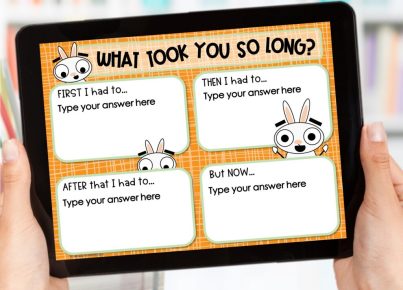Introduction:
The global pandemic has changed the landscape of education, forcing students and teachers to adapt to online learning. A recent study conducted by our research team has revealed a concerning trend: Students learning online are experiencing significantly higher levels of stress compared to their in-person counterparts.
Background on the Study:
To gauge the effect of the shift to online learning on student stress levels, our research team surveyed various age groups, from primary school to university level students. We collected data through anonymous questionnaires and analyzed the impact of factors such as general anxiety, academic performance, social isolation, and screen time on each student’s emotional well-being.
Key Findings:
Our research found that students participating in online learning were more likely to report higher stress levels as compared to their peers attending physical classes. Some key findings from the analysis include:
1. Increased anxiety: Students attending virtual classes reported substantially higher general anxiety levels due to concerns about academic performance and a lack of clarity regarding class expectations.
2. Impaired academic performance: Many online students felt they were struggling with their coursework and assignments because they had difficulties concentrating during virtual classes.
3. Social isolation: The absence of real-life interaction with their peers has left many students feeling socially isolated, negatively impacting their emotional well-being.
4. Screen time: A significant majority of online learners spent more hours in front of screens and experienced physical discomfort and fatigue due to excessive screen time.
Implications for Educators:
Educators need to be cognizant of the added stress experienced by online learners and implement measures that can alleviate some of these challenges.
1. Clear communication: Teachers should provide explicit instructions and guidelines regarding course expectations, assignments, and assessments.
2. Support networks: Establishing virtual support groups or using buddy systems can facilitate peer connection and provide students with academic or emotional assistance.
3. Foster interaction: Schools and universities can encourage virtual events, clubs, and discussions to alleviate feelings of social isolation.
4. Integrate breaks and physical activities: Online schedules should include regular breaks to reduce screen time, and educators should encourage students to engage in physical activities during these breaks.
Conclusion:
The switch to online learning has caused an increase in stress levels among students. Recognizing these challenges, educators must take proactive measures to support the mental health and well-being of their learners. By improving communication, facilitating social interaction, and helping students manage their screen time, teachers can create a more conducive environment in which students can thrive academically and emotionally.





